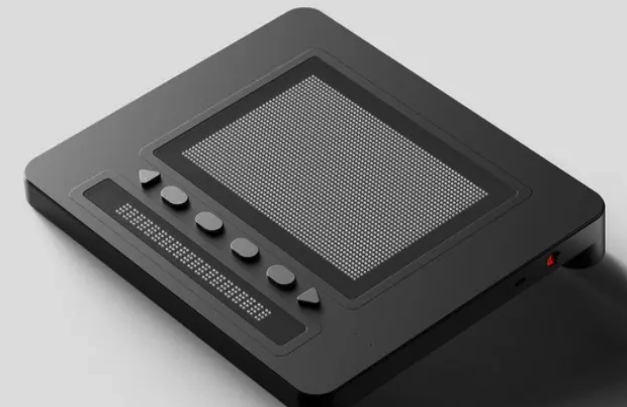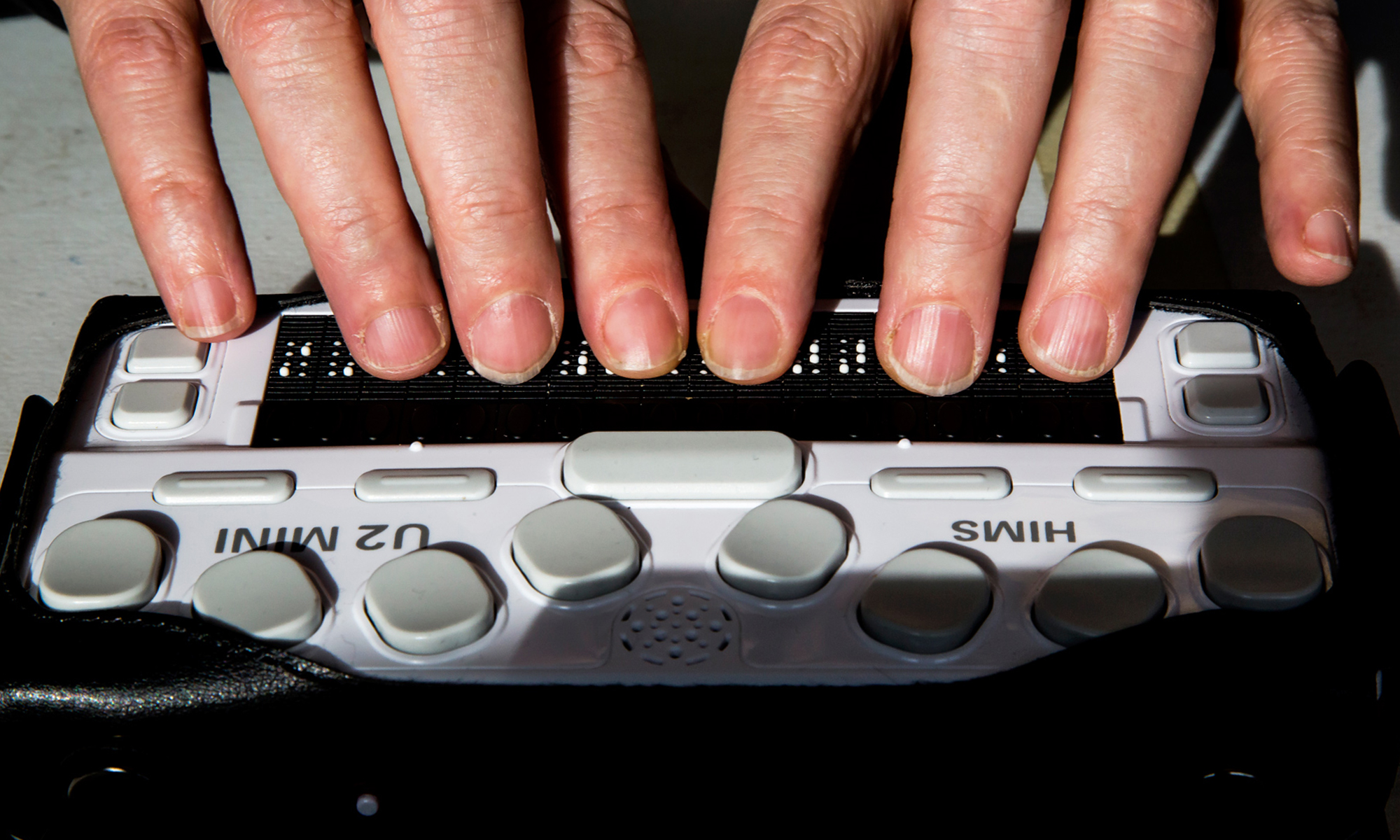Speech-to-Text Devices for Low Vision: Bridging the Communication Gap
Wiki Article
Empowering Freedom With Assistive Modern Technology for the Blind
The integration of assistive innovation into the lives of individuals with aesthetic disabilities stands for a significant development in promoting freedom and self-sufficiency. From cutting-edge display visitors to innovative wise walking canes, these tools not just enhance everyday navigation and interaction but additionally equip customers to engage meaningfully in numerous facets of life. As we explore the myriad benefits and real-world applications of these modern technologies, it comes to be critical to examine the hidden variables that add to their effectiveness and the possibility for future growths in this crucial area.Introduction of Assistive Technology

The growth of assistive technology is grounded in concepts of inclusivity and empowerment. Advancements in software program, hardware, and sensory improvements offer users with options tailored to their certain demands. From screen readers that transform message to speech, to responsive devices that convey details with touch, these tools change the means individuals engage with their surroundings.
In enhancement to functional applications, assistive innovation cultivates greater social inclusion and involvement in numerous sectors, consisting of education and employment (Mobility aids for visually impaired users). As study and growth remain to advance, the potential for assistive modern technology to additionally improve the lives of aesthetically damaged individuals continues to be appealing, leading the way for a more fair society where everyone can grow
Sorts Of Assistive Devices
A range of assistive devices have emerged to support people with aesthetic problems, each developed to satisfy specific requirements and improve daily performance. These tools range from low-tech solutions to state-of-the-art developments, giving varied alternatives for individuals.Low-tech devices include magnifiers and large-print products that help in reading and writing. Braille devices, such as Braille slates and styluses, make it possible for responsive analysis and communication. Alignment and flexibility aids, like white canes, help customers navigate their environment safely.
On the greater end of the range, digital magnification systems and display readers use considerable assistance. Electronic magnifiers permit customers to increase the size of message and pictures on displays, while display readers convert digital content right into manufactured speech, helping with access to info on computer systems and smartphones.
Mobile phone applications also play a crucial duty, giving features like text recognition and navigation support. Wearable technology, such as smart glasses geared up with increased fact, is emerging as an encouraging tool to enhance situational understanding.
Advantages of Assistive Technology
The combination of assistive innovation dramatically improves the lifestyle for individuals with visual problems. These innovations empower individuals by advertising self-reliance, allowing them to navigate their environments better and perform daily tasks with higher simplicity. As an example, screen visitors and magnifying software program allow people to accessibility electronic details, cultivating expert and educational opportunities that might have previously been out of reach.In addition, assistive tools such as smart walking canes and general practitioners applications offer real-time navigating assistance, enhancing flexibility and safety and security. This enhanced autonomy not just enhances self-worth but additionally motivates social interaction, permitting users to participate even more completely in their communities.
Assistive modern technology additionally assists in communication, helping users get in touch with others through voice acknowledgment and text-to-speech applications. This capacity is crucial for preserving connections and accessing important info.
Furthermore, the personalization choices readily available with numerous assistive innovations guarantee that customers can customize devices to their specific needs, additionally boosting use and efficiency. Generally, the advantages of assistive innovation for individuals with aesthetic problems are profound, promoting an extra inclusive society where everybody can seek their desires and objectives.
Study and Success Stories
Highlighting the transformative influence of assistive innovation, various study illustrate how people with visual disabilities have successfully integrated these devices right into their every day lives. One engaging instance entails an university student that used display analysis software to browse academic products and on-line resources successfully. This technology not just facilitated her education and learning yet likewise boosted her self-confidence in taking part in conversations and group jobs.One more case research study includes an expert that employs a smart device application designed for navigating and things recognition. By utilizing this application, he has gained back freedom in both his individual and workplace, permitting him to commute separately and engage with colleagues better.
Furthermore, a senior citizen shared her experience with braille e-readers, which enabled her to access a substantial array of literary works and remain connected with her neighborhood with publication clubs.
These success stories emphasize the important duty of assistive innovation in promoting freedom, enhancing top quality of life, and promoting social combination for individuals with visual problems (Mobility aids for visually impaired users). By welcoming these innovative tools, users can get over obstacles and take possibilities that add to their specialist and individual gratification

Future Trends in Assistive Modern Technology
Technology in assistive innovation is positioned to redefine the landscape of assistance for people with visual disabilities. Arising fads highlight the combination of expert system (AI) and equipment learning, which improve the performance of tools that help with navigation and details accessibility. AI-driven applications are now qualified of translating aesthetic data in AI-powered visual aids real-time, enabling individuals to engage with their setting more individually.In addition, the development of wearable technology is advancing swiftly. Smart glasses outfitted with enhanced fact (AR) can provide audio summaries of surroundings, changing just how individuals communicate with public rooms. These devices not only advertise freedom but additionally foster social inclusion.
Furthermore, the Internet of Points (IoT) is making homes smarter, permitting seamless connectivity in between assistive tools and everyday devices. This connectivity encourages individuals by allowing voice-activated controls and automated actions customized to individual demands.
Verdict
Finally, assistive technology plays a crucial function in equipping individuals with aesthetic impairments by boosting their independence and interaction with their surroundings. The varied variety of tools and applications available not only promotes navigating and interaction but likewise advertises social assimilation and opportunities for professional and individual development. As innovations proceed in this field, the capacity for improving the lifestyle for those with aesthetic problems will certainly broaden, cultivating higher freedom and empowerment.
Report this wiki page